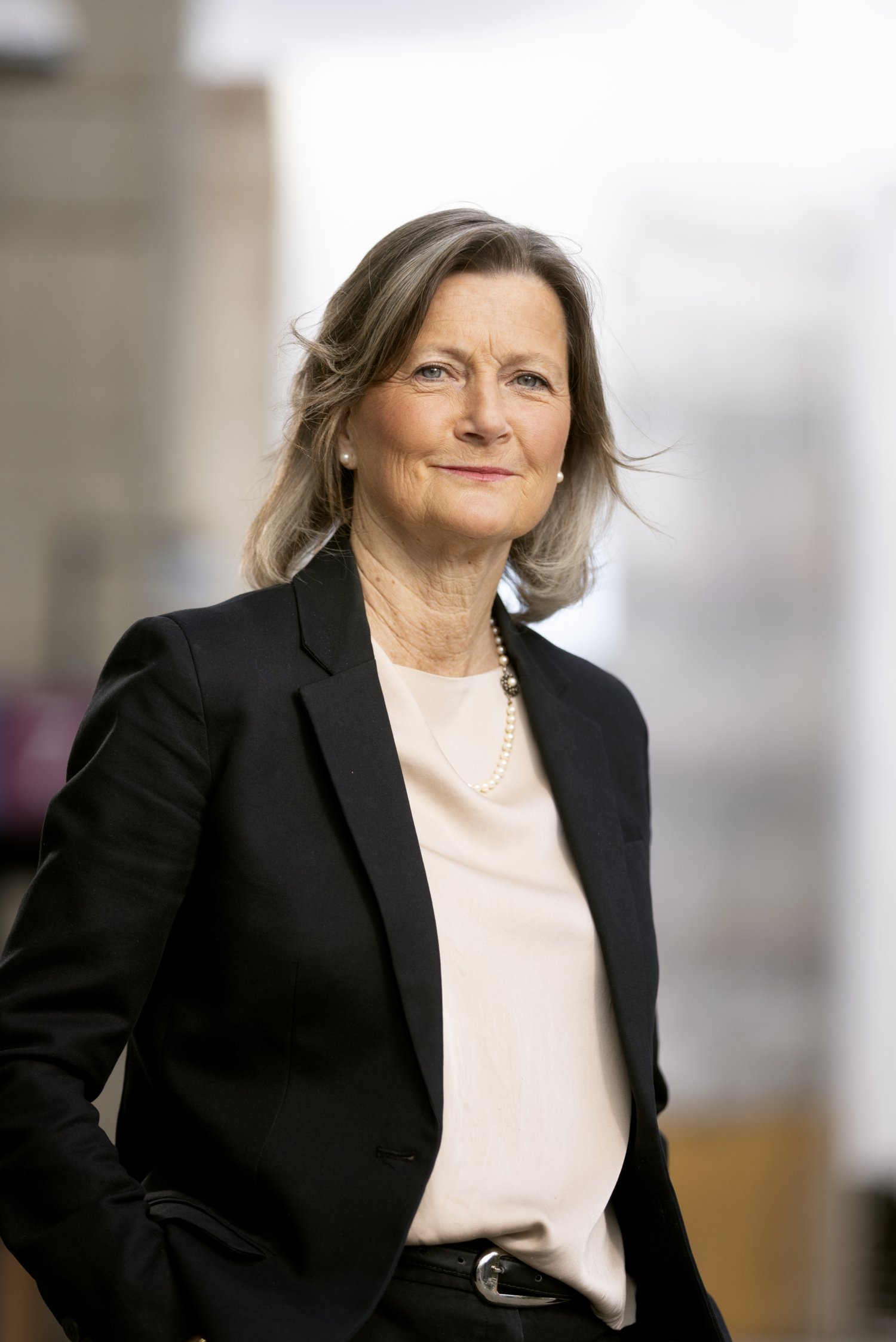We still don't know which treatment works best for children with cleft lip, jaw and palate. Agneta Karsten studies how different surgical techniques and orthodontic treatments affects teeth, occlusion and facial growth - and when in life treatment should be carried out. Meet one of the new professors of Karolinska Institutet who will participate in this year's installation ceremony at Aula Medica on 9 October.
Text: Karin Tideström, for KI's installation ceremony booklet 2025
What are you researching?
"Part of my research involves children born with cleft lip and palate, a deformity caused by the face not developing correctly during fetal development. My aim is to discover more about which treatment techniques give the best long-term outcomes. For instance, my colleagues and I are looking at occlusion, speech and psychological wellbeing. Our research is multidisciplinary and involves plastic surgeons, speech and language pathologists, clinical geneticists and psychologists. I also work with the international Scandcleft project, in which we follow 450 children being treated by ten multidisciplinary teams from birth to completed craniofacial growth."

Why is this important?
"We still don't know which surgical technique or orthodontic treatment that gives the best long-term outcomes, or when in the child's development it should be performed. Most children operated on for cleft lip and palate have some degree of inhibited midfacial growth. If surgery is performed too early, the craniofacial growth becomes even more inhibited, but if it's performed too late, the child might develop speech problems. We therefore need to find the best technique and the optimal time for surgery."
What are your main findings to date?
"We can see that it's important to minimise post-surgery scarring, since scar tissue affects the growth of the upper jaw. It's also important for normal bite development to retain as many teeth as possible. Our studies also show that it's hard to say which children have problems with facial growth, and even if the surgeon performs exactly the same operation, the results can vary. Genetic and environmental factors, such as breathing patterns, come into play here."
About Agneta Karsten
Professor of Orthodontics at the Department of Dental Medicine
Agneta Karsten (born Linder-Aronson) was born in 1961 in Östersund, but grew up in Örebro. She graduated with a degree in dentistry from Karolinska Institutet 1986, becoming an orthodontist in 1990 after specialist training in Bergen, Norway. She earned her PhD from Karolinska Institutet in 1995 and became a docent in 2005. Agneta Karsten is also a member of the Swedish Dental Society board and vice president of the Network of Erasmus Based European Orthodontic Programmes (NEBEOP), which works for the quality control of European training programmes in orthodontics. Agneta Karsten was appointed Professor of Orthodontics at Karolinska Institutet on 20 August 2024.






